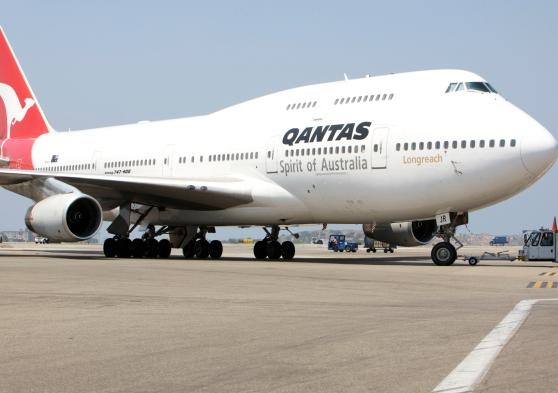We’re flying into an aviation skills crisis, with safety under the radar
With intense competition placing pressure on the world’s airlines to keep pushing down operating costs, maintenance is an obvious first resort for cost-saving, write Doug Fraser and Ian Hampson.


